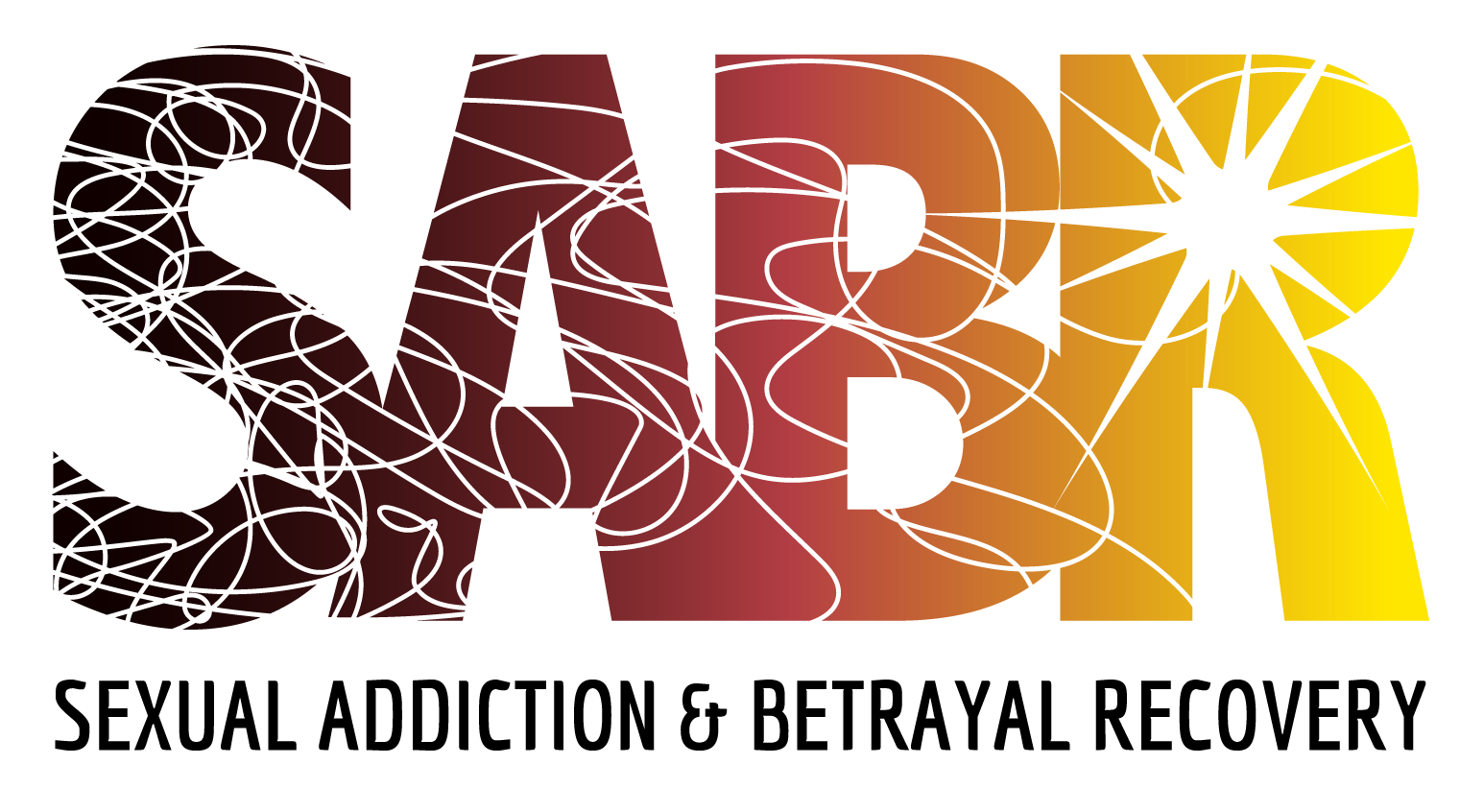
Pornography addiction has become a pressing issue in modern society, affecting individuals across various demographics and walks of life. This condition not only challenges personal values and relationships but also poses significant mental health risks. Experts like Dan Gray and Todd Olson have extensively researched and identified three distinct styles of pornography addiction: arousal, satiation, and fantasy. These styles are not just patterns of behavior but represent the psychological underpinnings that fuel the addiction cycle.
Arousal Addiction Style
The arousal style is characterized by the constant search for material that increases sexual excitement. Individuals with this style of addiction are driven by the dopamine rush associated with the discovery and viewing of pornographic content. This compulsive behavior is not about seeking sexual gratification but rather the thrill that comes with arousal itself. The chase becomes a habitual response to stress, boredom, or emotional discomfort, making it a challenging cycle to break.
Satiation Addiction Style
The satiation style, on the other hand, is defined by a quest for content that numbs or desensitizes the individual. Here, pornography serves as a means to escape from reality, stress, and negative emotions. Unlike the arousal style, where the thrill of the chase is paramount, satiation addicts use pornography to create a sense of calm or numbness, effectively using it as an emotional anesthetic. This style of addiction can lead to prolonged exposure to pornography, significantly impacting an individual's psychological well-being and social relationships.
Fantasy Addiction Style
The fantasy style is rooted in the creation of a preferred reality through pornographic content. Individuals with this addiction style engage with pornography not just for arousal or escape but to fulfill unmet emotional or psychological needs. They are often drawn to scenarios that compensate for real-life insecurities, failures, or unfulfilled desires. This style is particularly insidious because it intertwines deeply with an individual's sense of self and reality, making the separation from addictive behaviors especially complex.
Dan Gray and Todd Olson emphasize that recognizing these styles is crucial in the journey towards recovery. Understanding the specific triggers and needs that pornography fulfills for an individual can guide the development of personalized treatment plans. Recovery strategies often involve cognitive-behavioral therapy, mindfulness practices, and community support to address the root causes of addiction and foster healthier coping mechanisms.
The Family Strategies Counseling Center has been at the forefront of addressing pornography addiction through its SABR program, offering hope and practical solutions to those struggling. By integrating evidence-based therapies and providing a supportive community, the SABR program has made significant strides in helping individuals reclaim control over their lives.
In conclusion, while pornography addiction presents a formidable challenge, the journey towards recovery is filled with hope. With the right support and resources, overcoming addiction is possible. As Dan Gray and Todd Olson have shown through their research, understanding the unique styles of addiction—arousal, satiation, and fantasy—is a pivotal step in crafting effective treatment strategies.
Family Strategies Counseling Center has actively serviced clients since 2000 who struggle with pornography and sexual addiction issues. Our SABR program for adults, Tribe for college, and Band of Brothers for teens can help you! Give us a call (800) 614-8142 or visit our website for more information: www.FamilyStrategies.org.

 -->
-->